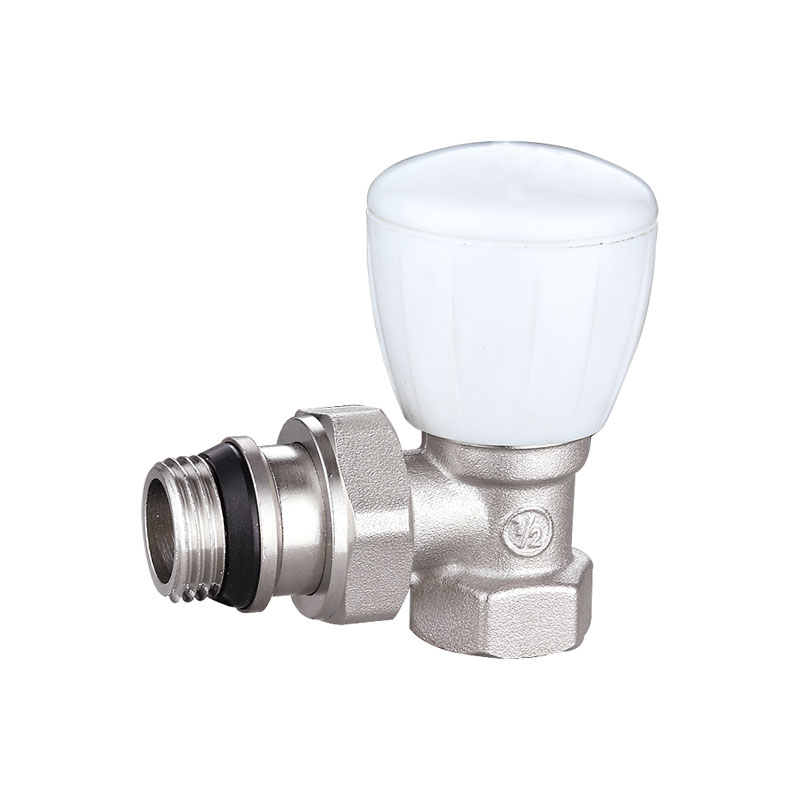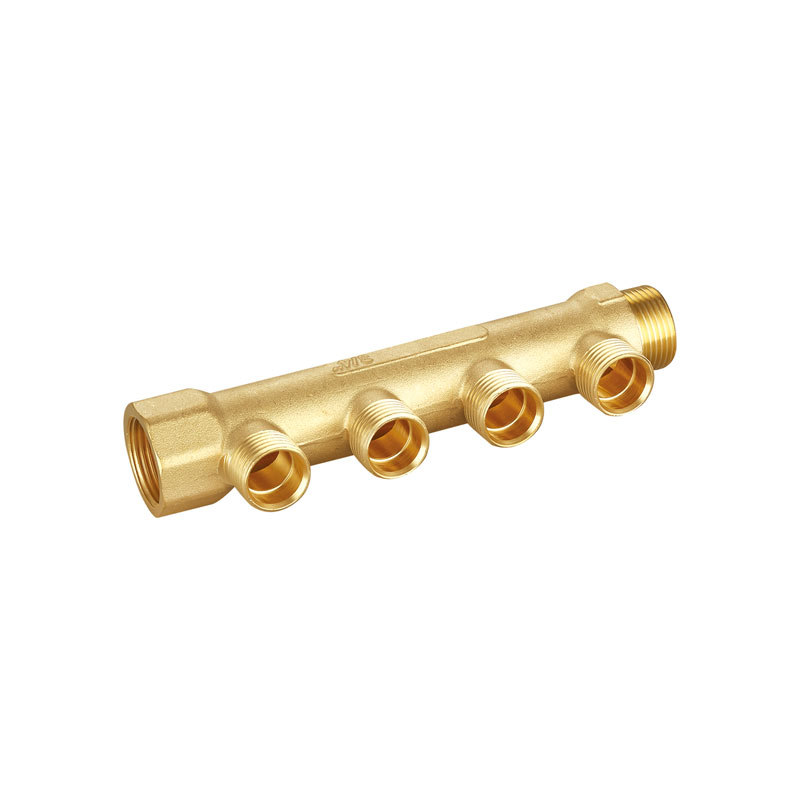Copper valve manufacturers introduce the installation of ball valves.
Preparation before installation:
1. The pipelines before and after the ball valve are ready. The front and rear pipelines should be coaxial, the two flange sealing surfaces should be parallel, the pipeline must be able to bear the weight of the ball valve, and the pipeline must be properly supported.


2. Blow out the pipes before and after the valve to remove oil, welding residue and all other impurities in the pipes.
3. Check the mark of the ball valve and check whether the ball valve is damaged. Completely close the valve a few times to make sure it is working properly.
4. Remove the protective parts from the flanges attached to both ends of the ball valve.
5. Check the valve hole, remove the dirt as much as possible, and then clean the valve hole. Only small particles of foreign matter between the valve and the ball will damage the seat sealing surface.
Install:
1. Install the valve on the pipeline. One end of the valve can be installed on the upstream end, and the valve actuated by the handle can be installed anywhere in the pipeline. However, ball valves with gearboxes or pneumatic drives must be installed on horizontal pipes, and the drive must be installed in an upright position on the pipe.
2. Install a sealing ring between the valve flange and the pipeline flange according to the pipeline design requirements.
3. Flange bolts should be tightened symmetrically, continuously and evenly.
4. Pneumatic pipeline connection.
Confirm after installation:
1. The drive operation, the ball valve is closed many times, must be flexible and smooth, and must ensure normal operation.
2. According to the design requirements of the pipeline, check the sealing performance of the flange joint surface between the pipeline and the ball valve.

 languages
languages

 English
English русский
русский












